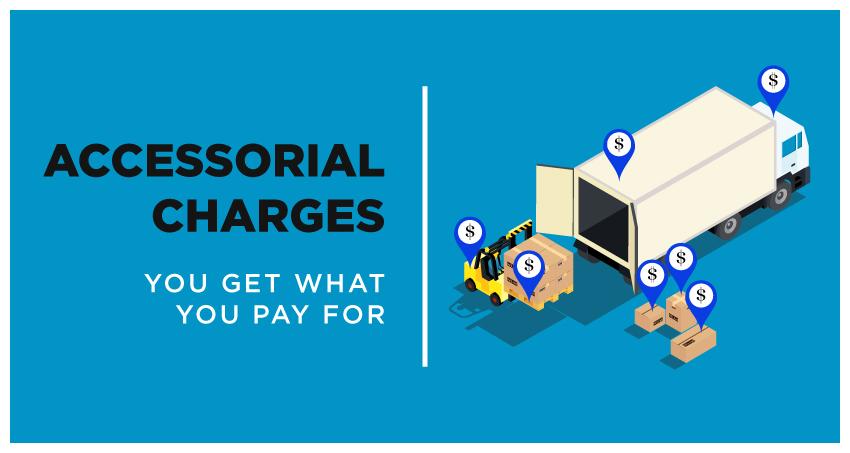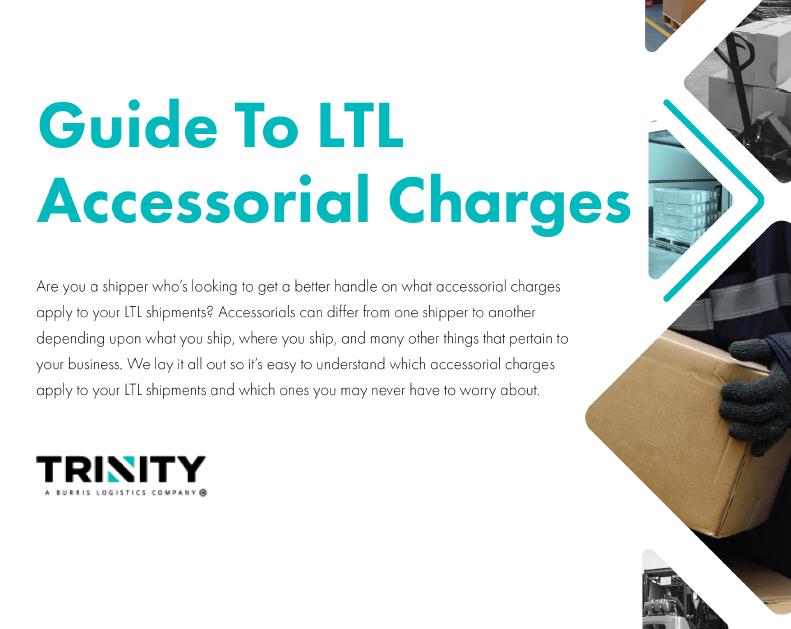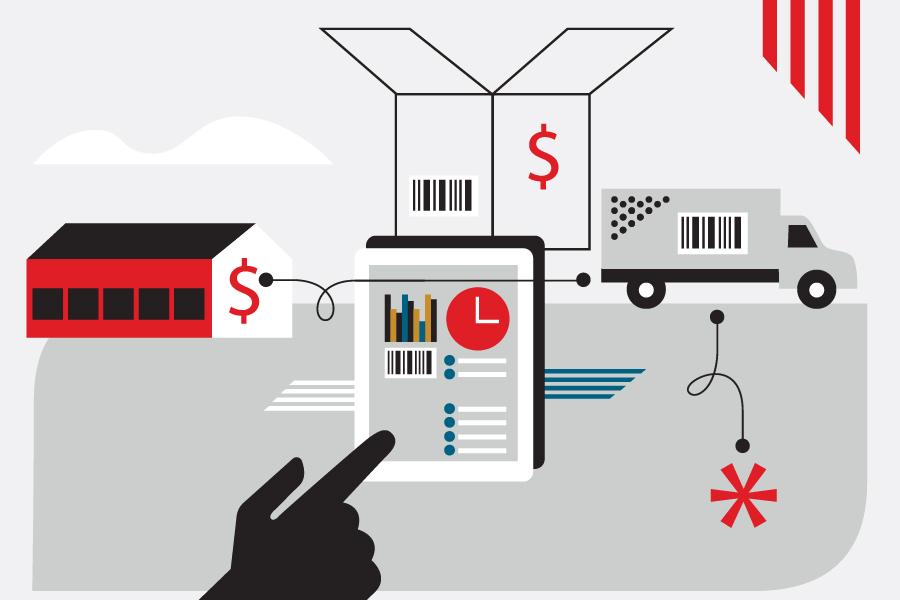In the intricate world of logistics, transport, and shipping, hidden beneath the surface of seemingly straightforward contracts lay the enigmatic realm of accessorial charges. These supplemental fees, often overlooked and underestimated, can unexpectedly impact the bottom line of businesses and catch even the most seasoned professionals off guard. Join us as we delve into the complexities of accessorial charges, unraveling the mysteries of this critical component of the supply chain process.
Understanding Accessorial Charges in the Logistics Industry
Accessorial charges in the logistics industry can often be a confusing and frustrating aspect of shipping goods. These additional fees can quickly add up and impact the overall cost of transportation. It is essential for businesses to have a clear understanding of what accessorial charges are and how they can be managed effectively.
Some common accessorial charges include:
- Liftgate Service: For deliveries that require the use of a liftgate due to lack of loading dock or for heavy items.
- Detention: Charges incurred when a carrier is made to wait at a location for an extended period beyond the allotted time.
- Refrigeration: Fees for transporting perishable goods in temperature-controlled trucks.

Common Types of Accessorial Charges in Transport and Shipping
Accessorial charges are additional fees that are applied to shipments for extra services or unexpected circumstances. Understanding these charges is crucial for anyone involved in logistics, transport, or shipping. Here are some common types of accessorial charges that you may encounter:
- Liftgate Service: This charge is applied when a delivery location does not have a loading dock, and the driver needs to use a liftgate to unload the goods.
- Inside Delivery: When the driver is required to go inside a building to deliver the goods instead of just dropping them off at the curb, an inside delivery charge may be applied.
- Re-Delivery: If a delivery attempt fails due to an incorrect address or receiver not available, a re-delivery charge may be incurred for the second attempt.
| Accessorial Charge | Description | Fee |
|---|---|---|
| Liftgate Service | Use of liftgate for unloading | $50 |

Strategies to Minimize Accessorial Charges in Your Supply Chain
In order to minimize accessorial charges in your supply chain, it is crucial to implement effective strategies that can help streamline your logistics processes. One important strategy is to negotiate rates with carriers that include as few accessorial charges as possible. By working closely with your carriers and building strong relationships, you may be able to secure more favorable terms that can help reduce these extra costs. Additionally, ensuring clear communication and accurate documentation throughout the shipping process can help prevent errors that may lead to additional charges.
Another key strategy is to optimize your shipping and receiving processes to minimize the need for extra services that can result in accessorial charges. This can include implementing efficient loading and unloading procedures, as well as properly preparing shipments to avoid delays or special handling requirements. By proactively addressing potential issues and seeking cost-effective solutions, you can help mitigate the impact of accessorial charges on your supply chain expenses.

Negotiating Accessorial Charges with Transport Providers
When it comes to , it is essential to approach the process strategically. These additional charges can significantly impact the overall cost of transportation, so it is crucial to be diligent in negotiating them. One effective strategy is to clearly define and outline the specific accessorial charges that are relevant to your business needs, such as detention fees, fuel surcharges, or re-delivery charges.
Another important tactic is to establish a strong relationship with your transport providers. Building a positive and communicative partnership can lead to more favorable negotiations on accessorial charges. By demonstrating reliability and consistency in your shipping needs, you can potentially leverage these factors to your advantage during negotiations. Remember to always be prepared, informed, and assertive in your discussions with transport providers to ensure a fair and mutually beneficial outcome.
Concluding Remarks
In conclusion, accessorial charges play a crucial role in the logistics, transport, and shipping industry. While they may seem daunting at first, understanding and managing these additional fees can lead to smoother operations and better cost control. By staying informed and proactive, businesses can navigate the complex world of accessorial charges with confidence. So next time you receive a freight invoice, don’t be afraid to delve into the details and ensure you’re not paying more than necessary. Thank you for reading!
